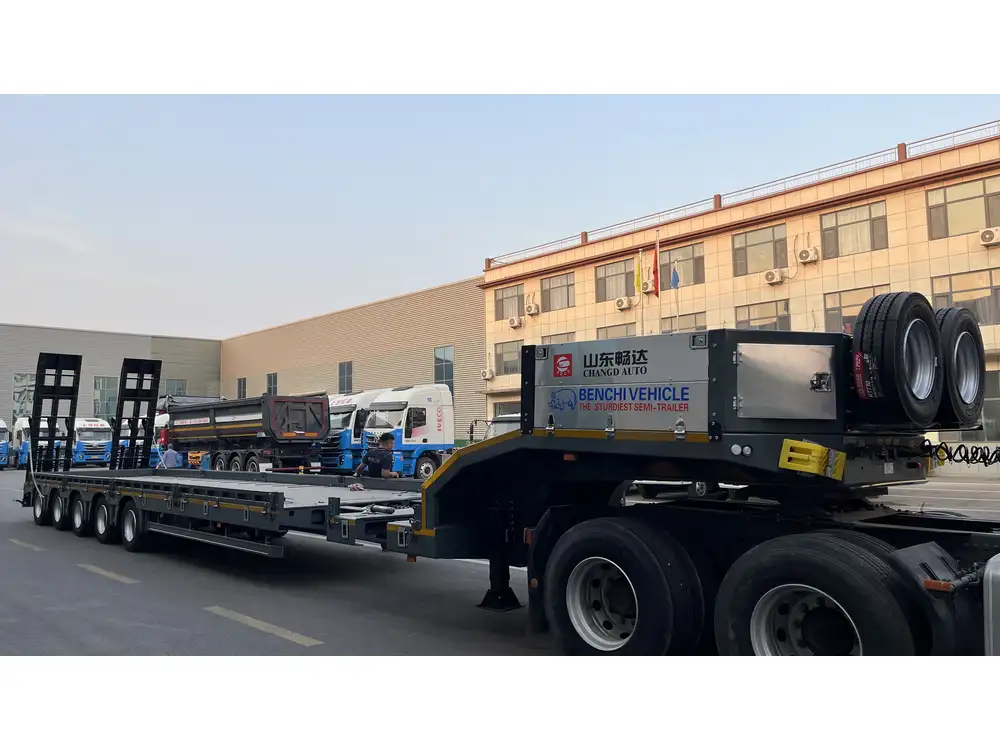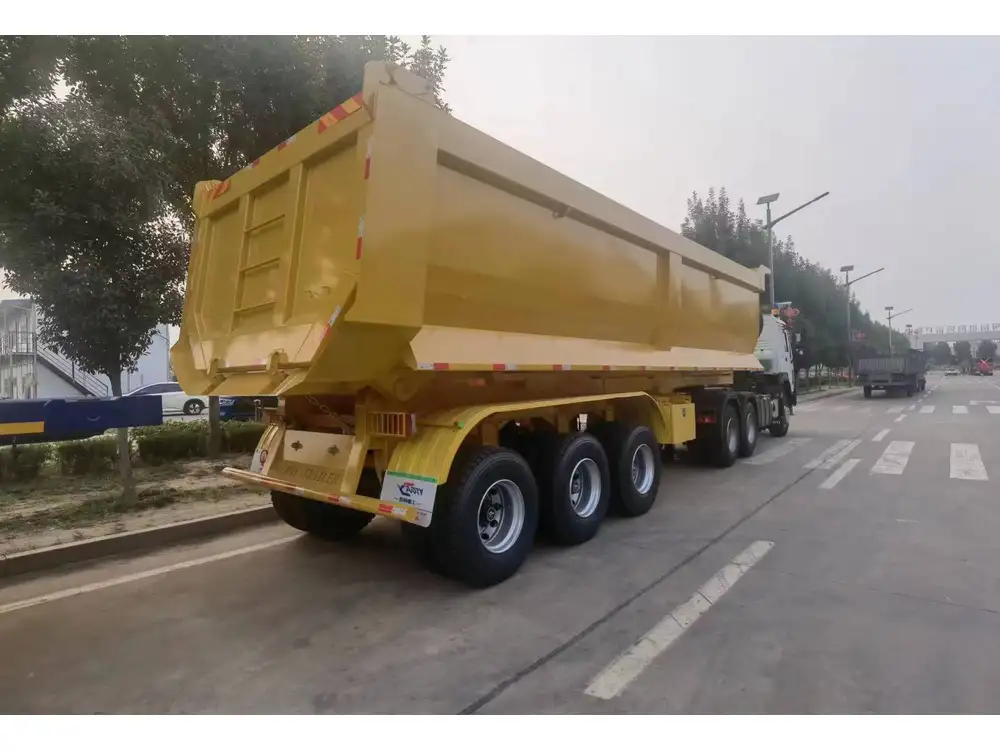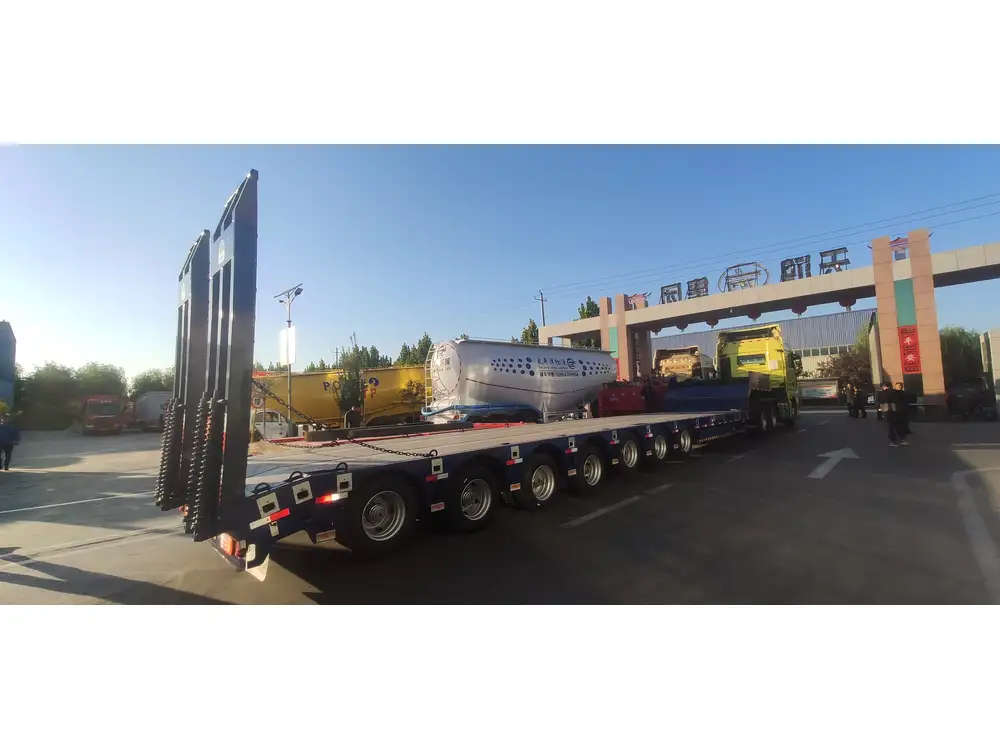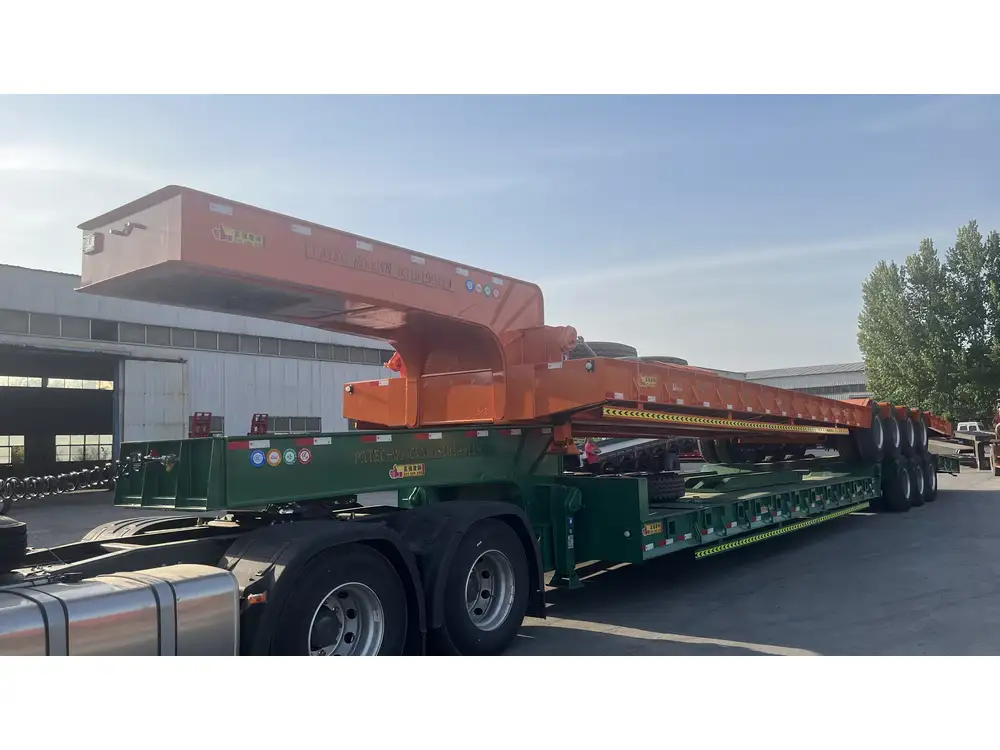Dump trailers serve as highly versatile tools for transporting loose materials including gravel, sand, and debris. However, the ability to efficiently lower a dump trailer manually when hydraulics malfunction or in scenarios where hydraulic power is unavailable is essential knowledge for all operators. In this detailed guide, we will provide a step-by-step approach to manually lowering a dump trailer safely and effectively.
Understanding the Mechanism of a Dump Trailer
Before delving into the manual lowering process, it is vital to understand the mechanics behind dump trailers.
Components of a Dump Trailer
| Component | Description |
|---|---|
| Hydraulic Cylinder | Converts hydraulic energy into mechanical energy to raise the trailer bed. |
| Pump | Supplies hydraulic fluid to the cylinder. |
| Controls | Typically includes a switch or lever for raising/lowering. |
| Safety Features | Includes pressure relief valves to prevent overloading and ensure operator safety. |

Hydraulic vs Manual System
While most modern dump trailers are equipped with hydraulic systems for ease of use, knowing how to manually lower them is crucial in emergency situations. A manual system will often include a crank mechanism or a simpler lever setup, which provides a fail-safe method when electrical or hydraulic functions are compromised.
Steps for Manually Lowering a Dump Trailer
Manual lowering of a dump trailer requires specific steps to ensure safety and efficiency. Here’s a structured procedure.
Step 1: Safety First
- Ensure Stability: Before proceeding, ensure the trailer is parked on a level surface. Engage the parking brake to prevent movement.
- Wear Protective Gear: Put on gloves and safety goggles to protect against debris and hydraulic fluid.

Step 2: Locate the Manual Override
- Find the Manual Release: Most hydraulic systems come with a manual override valve. This is often located near the hydraulic pump.
- Identify the Crank: In manual trailers, find the crank handle or lever which will engage the lowering mechanism.
Step 3: Release Pressure from the Hydraulic System
- Open the Manual Release Valve: Gently turn the valve counterclockwise until you hear a hissing sound, indicating the release of pressure.
- Purge Existing Fluid: Allow hydraulic fluid to flow back into the reservoir from the hydraulic lines. This will enable the bed to lower without resistance.
Step 4: Lowering the Trailer Bed
- Utilize the Crank or Lever:
- If equipped with a manual crank, insert the handle into the designated socket and turn clockwise. This action will engage the lowering mechanism.
- For lever-operated models, pull or push the lever in the direction indicated to lower the trailer.
- Control the Descent: Lower the trailer gradually to avoid sudden drops which can lead to damage or injury.

Step 5: Ensure Complete Lowering
- Verify Flat Surface: Check visually to ensure the trailer bed is fully down and lying flat. If any part is still elevated, continue to crank or adjust the lever until it aligns completely with the trailer frame.
Troubleshooting Common Issues
It is not uncommon for trucks to encounter issues while lowering. Here are some common problems and their solutions:
Issue 1: Excessive Force Required to Lower
- Cause: This could result from a faulty release valve or resistance in the hydraulic lines.
- Solution: Check the release valve and lubricate the joints if necessary. Ensure there are no obstructions preventing fluid flow.

Issue 2: Trailer Does Not Lower Fully
- Cause: A jammed hydraulic cylinder or blockages can lead to incomplete lowering.
- Solution: Inspect the hydraulic cylinder for damage. Clear any debris or dirt obstructing movement.
| Issue | Likely Cause | Recommended Action |
|---|---|---|
| Excessive Force | Faulty release valve | Lubricate and inspect valves |
| Incomplete Lowering | Jammed cylinder | Inspect and clear obstructions |
Maintenance Tips for Optimal Functioning
Regular maintenance of your dump trailer’s hydraulic system can prevent complications and prolong its operational life. Consider the following tips:
- Inspect Hydraulic Fluid Levels Regularly: Maintaining optimal hydraulic fluid levels ensures that the system operates smoothly.
- Check for Leaks: Inspect hoses and connections for any signs of leakage; replace damaged components immediately.
- Clean the Mechanism: Regularly clean mechanical parts to prevent dirt buildup, which can impede functionality.
- Test the Manual Override: Periodically practice the manual lowering function to maintain familiarity with the procedure.
Frequently Asked Questions (FAQs)

Q1: How Often Should I Perform Maintenance on My Dump Trailer?
Answer: Regular maintenance should be conducted at least once every three months or after heavy usage. Always follow the manufacturer’s guidelines.
Q2: What Should I Do if I Encounter a Hydraulic Failure?
Answer: First, ensure that there is no pressure in the system. Proceed to manually lower if possible. If not, check for leaks and consult with a professional if necessary.
Q3: Can I Convert My Hydraulic System to Manual?
Answer: Yes, many dump trailers can be converted, although this may involve significant modifications and should be executed by professionals.

Conclusion
Mastering the skill of manually lowering a dump trailer is an invaluable asset for operators. Whether to counter potential hydraulic issues or simply to provide additional safety, this knowledge is crucial. By following the outlined steps and maintaining a proactive approach to maintenance, operators can ensure their dump trailers function safely and efficiently.
In the world of manufacturing and utilizing semi-trailers, embracing such technical knowledge not only enhances safety but also equips operators to tackle unexpected situations effectively. Regular training and familiarization with the dump trailer’s mechanics will undoubtedly bolster operational proficiency.



